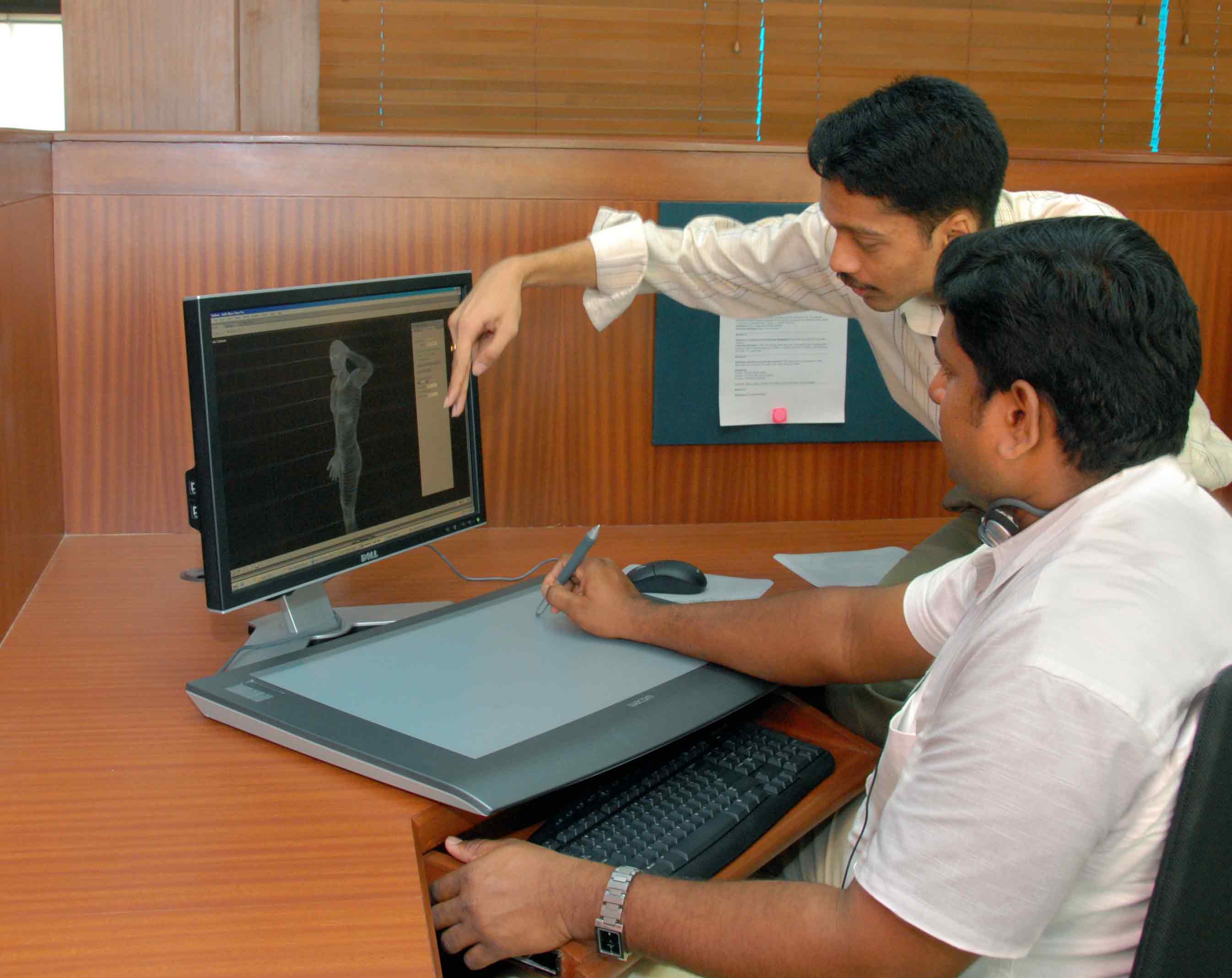Deep Instructional Design and Not Flashy Animation Matters
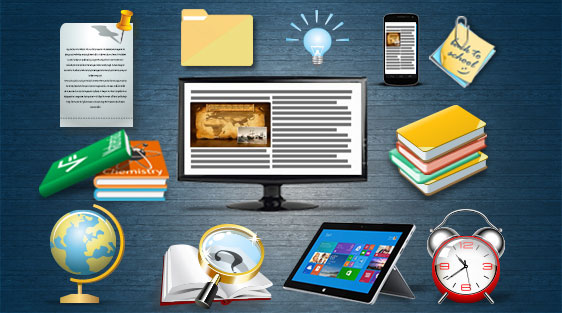
The great thing about school education in our country is that everyone is an expert. We have all attended schools; so we know just what is required to produce great content isn’t it? Wrong, dead wrong. All the ads we see, of how our children are going to find it so exciting to learn with computers (animations and movies) foster this impression.
Learning is however, much more complex and research shows how learning can be made effective. Sometimes an animation may be retarding learning; a static graphic may be better. Don’t get us wrong here. We have provided the world of education some of the finest educational animations; but educational methods have their place. Knowing when you would use an animated graphic as against a model with call outs needs some degree of instructional design expertise.
Creating virtual learning environments require complex 3D modeling capability. We have that ability. Creating a simulation which teaches you how to set up and use a DSLR camera requires deep software development skills. We can do that too. However, by itself, a simulation or an educational game doesn’t enable learning.
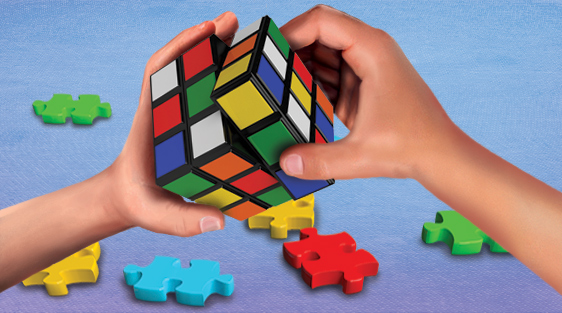
Learning through Problem Solving
When children enter the world of work, they need to transition to a different world. Here there are no promotions for passing exams. Remembering facts is of little value when Google Search and Wikipedia are much faster. In the world of work, people are rewarded for envisioning new ways, solving problems, for devising best fit solutions when there is not enough data to act and so on.
In our classrooms however, Problem Solving is given short shrift. It is only when students have to take competitive exams that they encounter problem solving. By then it is too late;
Problem solving requires constructing mental models; these are based on different types of knowledge. These include structural, procedural, reflective and strategic knowledge. These mental models are tested and manipulated each time against the problem to be solved. This produces greater insight and the strengthening of the robustness of the model. Our content will stress Problem Solving as the way to learn for all children.
Personalised Learning
Most content providers perpetuate the Sage on Stage paradigm with a “one size fits all” type of content. Classes merely mimic what we have been used to over hundreds of years. Only the teacher now has access to a visual tool to explain concepts. Even as the world has changed to personalised ways of working, our new age media in schools continues to perpetuate stereotypes. Is it too difficult a proposition to individualise instruction? To personalize, it so that children learn better, quicker, using alternate ways of learning, all the time getting to understand how they learn. This is the challenge that we at KQ seek to confront.
At KQ, we seek to produce content that children can use to learn at their own pace. Content they can use in the classroom and outside it; we use digital content to personalise learning and provide the basis for Mastery Learning. The only way we are going to ensure that no child gets left behind is if we implement Mastery Learning as one of the major ends of Education.
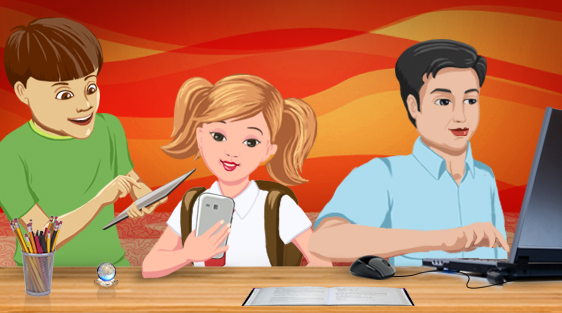
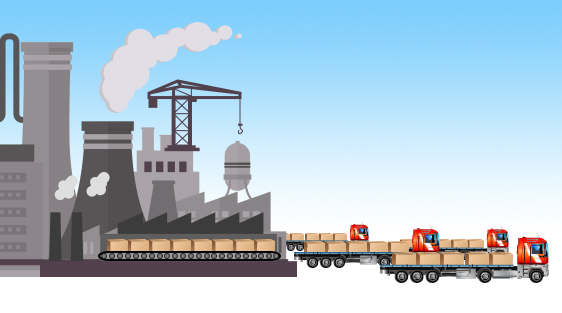
Deep Instructional Design is the Key - not Mass Production
We believe in producing content that all children, right around the world can use. We do not believe in churning out content like power point slides at a rapid rate of knots. We will not cover syllabi or textbooks ‘line by line’. We help children discriminate when they see examples of concepts. We help them understand how scientific processes work. We help them apply their learning in a variety of situations. This could be through immersive experiences or more simply answering a set of questions which adapt to the answers a child inputs.
We spend a lot of time on creating descriptive definitions. This might seem a stupid waste of time. However, it was a result of finding out what helps children learn, from analyzing why children make mistakes. For example, in a test we carried out, not a single child could identify that it was static friction, not kinetic friction that help an ox to carry a load or a sprinter to run. Digging deeper, we found the source of error to be in the vague, stereotypic definitions for Static and Kinetic friction. So each instructional element has its use and we harness the power of each to suit the particular type of learning involved.
Industrial Learning just won’t cut it
Each child is physically different; some are thin, some are tall; each of them have their clothes cut differently to suit them individually. Children would look plain awkward if their clothes were all cut the same way. It is the same in learning. One child might like to learn by getting hands on; another by observing how others do it; still another by reading about it first. We however teach them all the same way.
That’s what Brick N’ Mortar schools do; that’s what most of our content providers do, even those who say that their instructional content are more “digitally smart” than any of the others. Is this industrialised model of learning, the only way that our children can learn? We believe there are better ways to learn – more personalised, interactive, engaging and thorough. Helping children to learn so that learning becomes a way of life.
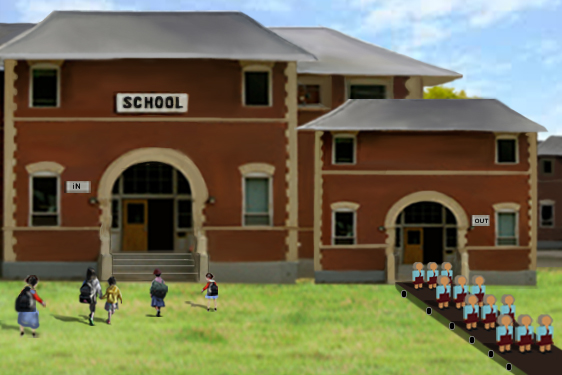
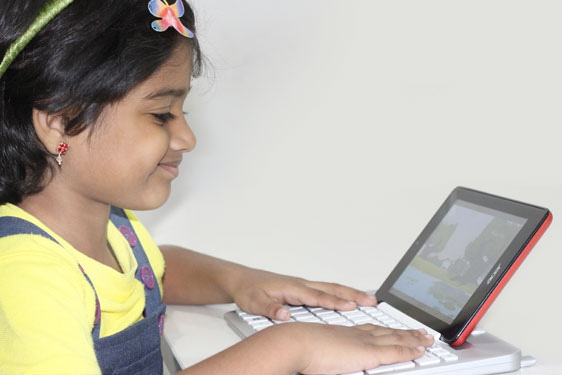
Interactive Learning
Our interactive content help children to try out what happens when they change variables. How do the results vary? What can be deduced? Therefore what generalisations can be made? A child can vary the forces caused due to different types of stresses and find its effect on rock layers. Vary the direction of movement of tectonic plates to see the effect on island formation. Remove a species from a food chain and see the effect on the food chain.
Our interactive content helps children learn important lessons. They provide a cognitive map for building mental models. You will not find children clicking away on a mouse just to ensure that they are kept awake.
Quality Visualisation and Animation
We have created some of the finest educational animations and games in the Learning Industry. For example, War sequences we create are close to what you are used to when watching Television. History classes will never be the dull affairs it once was. When we teach cell division, we immerse our learners - through the realism of the modeled images and the changing phases - in the wondrous process of how a simple cell divides to create complex organisms.
